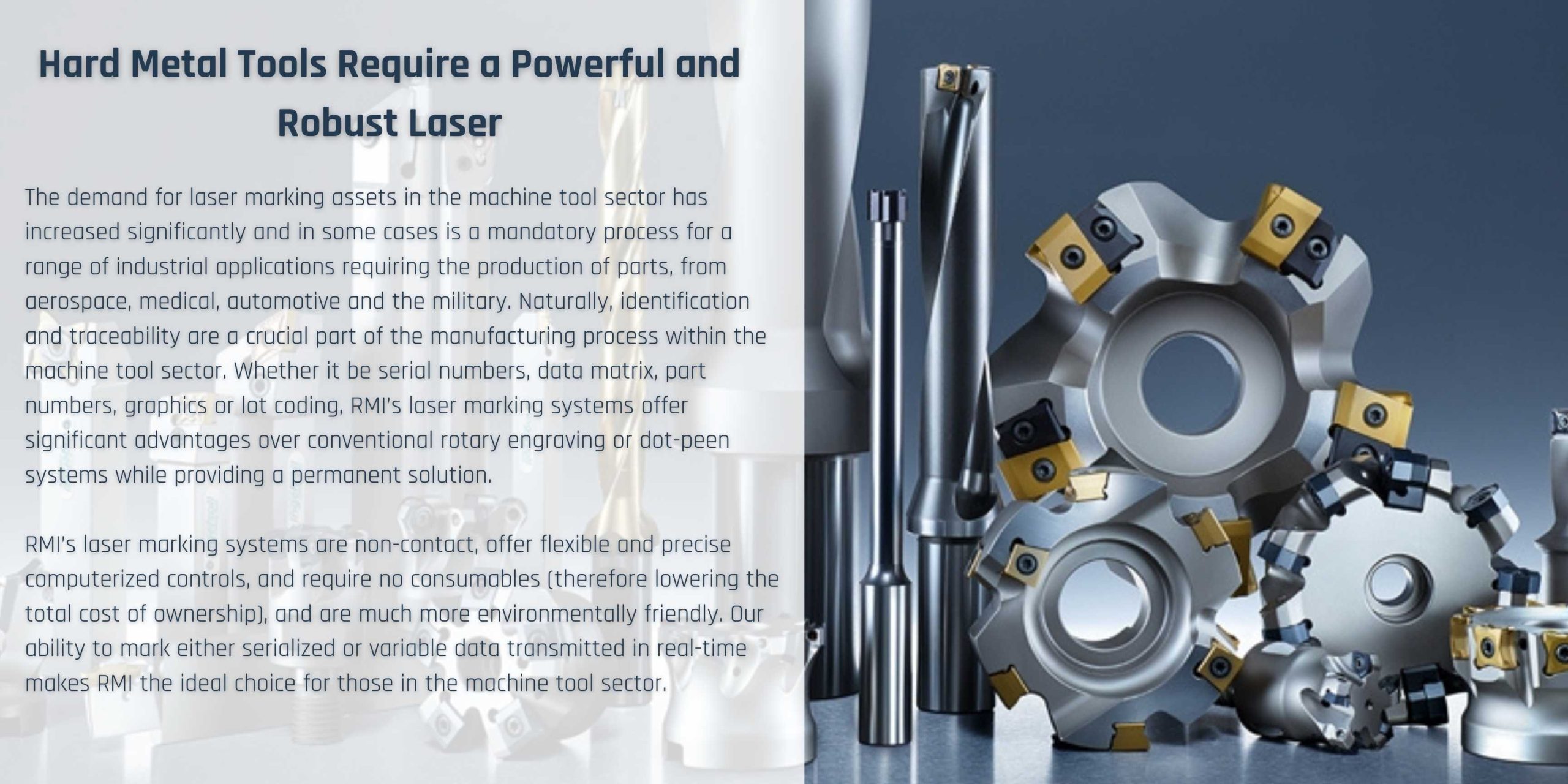
Key Benefits:
· Precise, easy to read marks on all metals without overheating or slag
· Rugged, easy to use hardware and software made and supported in the U.S.
· Quick and easy parts setup
· Workstations and application specific fixtures for large and small parts
· No license server to communicate with and easy to share marking templates

The oil and gas industry heavily utilizes laser markers to enable a variety of tasks, such as creating high-precision components with intricate shapes, labeling equipment and parts to ensure proper identification, and tracking and branding their products. Laser marking is a highly precise and accurate way to produce intricate designs like logos with very small dimensions and tolerances, making the technology ideal for oil and gas companies that require the highest quality and accuracy in their components. Laser etching is permanent, allowing users to keep track of information, such as serial numbers, without worrying about the engraving fading or being removed. Laser engraving’s fast cycle and turnaround times, as well as its clean and environmentally friendly process, make it the perfect choice for today’s busy oil and gas companies.
The oil and gas industry is a highly demanding and challenging industry that requires precision, accuracy, and reliability in its equipment and components. Laser marking is becoming increasingly popular in the industry due to its ability to provide permanent, high-quality, and accurate markings on a wide range of materials. The industry demands laser marking for traceability, identification, and quality control purposes, as well as for safety and regulatory compliance.
Laser marking also helps to reduce the risk of fraud and counterfeiting, which is a significant concern in the industry. As the demand for high-quality and reliable equipment increases in the oil and gas industry, the demand for laser marking will continue to grow. Laser marking is an essential tool for the industry to meet its operational requirements and ensure the safety and reliability of its equipment and components.
Laser marking systems can also be used to make permanent, legible marks on common mechanical and engineering tools such as calipers, wrenches, and drill bits. Some of these parts are very small, making laser marking a particularly suitable technology for marking characters that are still legible at 1-point font size. In the case of calipers and other measuring tools, the precision and accuracy of the markings are key. The automated process of a laser etching machine delivers essential repeatability and consistency, ensuring that engineering measuring tools have ticks and readings that are marked and positioned accurately.
Metals etched using lasers do not have to undergo any pre or post treatment and being almost fully automated, the laser system delivers consistent quality every single time. Due to the small resolution that can be achieved, accurate and legible marking is possible on even the smallest of parts. Laser marking also provides practically unlimited design opportunities, including colored laser markings.
Laser marking is a non-contact technology, reducing material stress. There is no need to affix the work piece to the marking platform, so items can be picked/placed in and out quickly, reducing production cycle times. No contact means reduced secondary damage, ultimately impacting your bottom line with cost savings in production.

106 Laser Drive, Building #2
Lafayette, CO 80026
+1.866.952.7370
+1.303.664.9000
info@rmilaser.net
Copyright © 2024 RMI Laser, All Rights Reserved